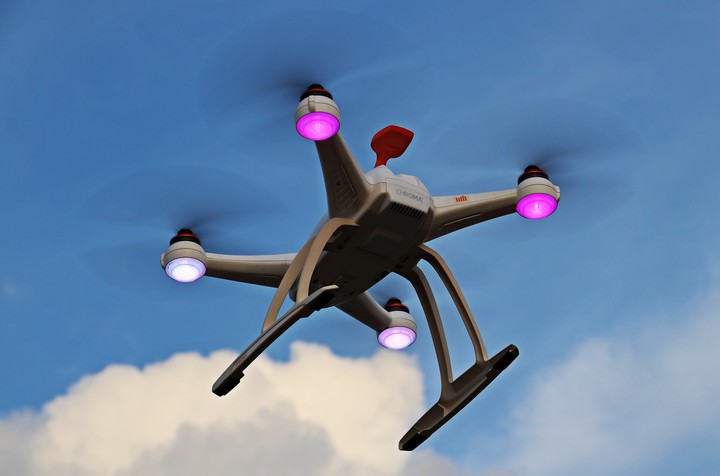Three Goals of Statistics: Description, Prediction, and Prescription
 Image courtesy Pixabay
Image courtesy Pixabay
Introduction
My first exposure to statistics was around the 4th grade. We learned about average, median, and mode as a way of summarizing a dataset. These are all measures of central tendency that try to answer, “What is a representative value we can associate with a collection of data?” We also learned about standard deviation as a way of summarizing the variability of the data.
When we summarize, we subtract details we believe to be extraneous so that we may focus on the essential. This concept is described as one of the Seven Pillars of Statistical Wisdom in the eponymous book by Stephen M. Stigler1. Yet we summarize in the hopes of learning something we may apply beyond that dataset.
And so we attempt to predict what we will observe based on what we have observed. We try to predict the weather based on current atmospheric conditions. We try to predict stock movements based on historic trends and various details about the health of the company. Or, we try to predict who will die in the last season of Game of Thrones based on foreshadowing throughout the series.
Statistics provides a framework for reasoning about reliable and unreliable methods of prediction. The core idea is the random sample. If I write down millions of numbers on pieces of paper and put them in a hat, shake them up, and then draw a few thousand at random, I can compute the average of those numbers, and that is a description of the sample I have haphazardly chosen. More importantly, I can use the observed average and standard deviation to make predictions about the average of the entire, only partially observed, set of numbers. Statistics offers fairly straightforward methods for making such predictions, as well as ways of quantifying the reliability of those predictions, in the form of p-values and confidence intervals amongst others.
This basic approach is used for much more sophisticated and obviously practical problems like building a self-driving car that can recognize a stop sign, or training a computer program to detect cancer from a CT scan. In these cases, the goal is extrapolating beyond what has been observed to draw conclusions in scenarios that have not previously been observed. It is amazing to see the progress made in recent decades in the field of Machine Learning, with applications in finance, medicine, and technology.
Just as extrapolation builds on our ability to summarize data, as prediction builds on description, there is another level—prescription—that builds on prediction. A computer program that can predict the future is powerful, but a computer program that can offer advice on what we humans should do is even more powerful.
We are only beginning to understand how to construct such programs. Causal inference is an important part: to achieve the best outcome we need a model for what kind of consequence is caused by what kind of action. But we also need to understand the environment within which decisions are made and the role that uncertainty plays in our ability to make intelligent decisions and to carry them out.
Reinforcement Learning2 provides a framework for exploring possible decisions, learning the consequences of those decisions through simulation or real-life action, and maintaining a causal model of the world in pursuit of a goal. Algorithms range from the simple3 to the complex4. Although Reinforcement Learning is not a new field, I do think we have merely scratched the surface. Just as computer programs that can predict have revolutionalized our society in recent years, I anticipate programs that can make and act on decisions will be a new chapter in that revolution. I’m excited to see what the coming decades bring!
-
Stephen M. Stigler, The Seven Pillars of Statistical Wisdom. Harvard University Press, 2016. ↩︎
-
Richard S. Sutton and Andrew G. Barto, Reinforcement Learning: An Introduction. A Bradford Book, 2018. ↩︎
-
Aleksandrs Slivkins, Introduction to Multi-Armed Bandits. Microsoft Research NYC, April 2019 version. ↩︎
-
Kai Arulkumaran, Marc Peter Deisenroth, Miles Brundage, Anil Anthony Bharath, A Brief Survey of Deep Reinforcement Learning. IEEE Signal Processing Magazine, Special Issue On Deep Learning For Image Understanding (ARXIV Extended Version), 2017. ↩︎